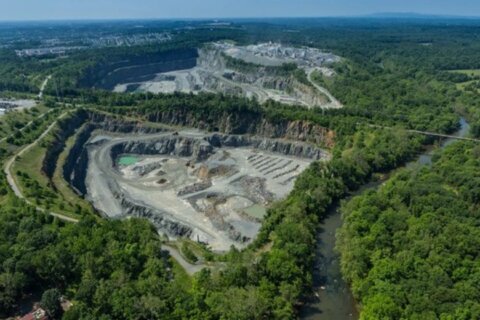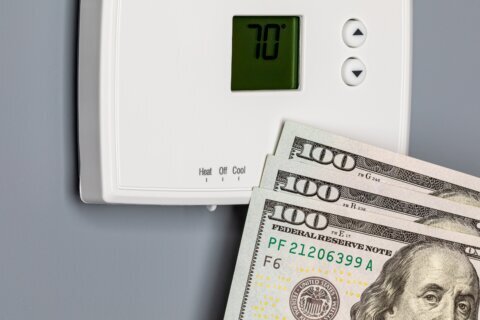WASHINGTON — On Monday night, the winter solstice came at exactly 11:48 p.m.
“It’s the precise moment that the Northern Hemisphere, which is the hemisphere that we’re in, is tilted farthest away from the sun all year,” said NBC4 Meteorologist Lauryn Ricketts.
It marks the start of the astronomical winter and the shortest day of the year.
Starting Tuesday, the days will start to get longer, and we will see more sunlight creep slowly into our mornings and evenings.
But if the Northern Hemisphere is so far from the sun, why is it so warm?
“Usually, our coldest temperatures are sometime in January, toward the end of January, historically speaking. So it doesn’t really mark the coldest air we’re going to experience,” Ricketts said.
This week has been warm, thanks to El Nino, Ricketts added. “There’s a lot of factors that go into the forecast and our temperatures. El Nino is so strong — that’s why we’re seeing such a rise in temperatures.”
January, as well, will be a little on the warm side, according to the Climate Prediction Center, she said.
“Even though we’ll still be far away from the sun,” Ricketts concluded, “it will still be winter and that has a lot to do with El Nino.”







